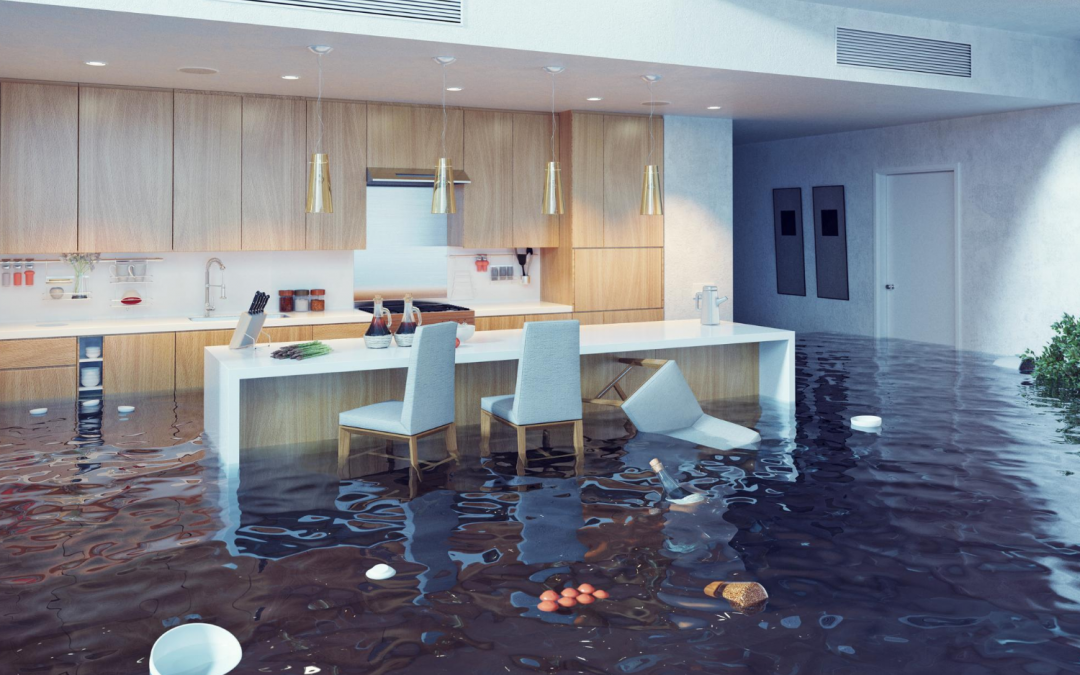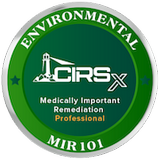If your property is flooded, after your local police or fire department advises you may return, you’ll be in a struggle against mold growth to clear up the debris. If you have flood insurance, the very first thing you should do is submit a claim—you only have 60 days to send in a proof of loss form detailing your home’s furnishings. Floods can be incredibly destructive, leaving behind water-soaked furniture, carpets, and other belongings. If you’ve been affected by a flood, it’s important to take the necessary steps to clean up the water in your home after a flood and prevent further damage or hire a professional water damage restoration service just like White Glove Restoration.
Water Cleanup Process
- Wear Protection: When your home has been flooded, there is more to be concerned about than simply the water. Flood floods transport all of the filth at the bottom of storm drains, ditches, and sewage systems. When they retreat, they may deposit mud and dangerous materials in your home. Exposure with sewage or mold, according to the EPA, can trigger allergic responses and other issues. The first thing to do in water cleanup is to wear clothes that protect your limbs to shield yourself. The EPA recommends wearing a N95 respirator, goggles tight enough to keep dust and tiny particles out of your eyes, and long, tight-fitting rubber or neoprene gloves to protect your hands and face and prevent inhaling mold spores and hazardous gasses. (A list of the materials you’ll need for water cleanup is provided below.) Keep anybody with a weakened or impaired immune system away from the house, as mold, water cleanup chemicals, and sewage in storm runoff can make them sicker.
- Dry Out Your Home as Quickly as Possible: Mold begins to develop in wet locations within 24 hours, and noticeable colonies can form within two days if it is warm. The first step in getting rid of mold and the second thing to do in water cleanup is to ventilate your home.
- Switch on your air conditioning unit, dehumidifier, and/or all of your fans if you have electricity supply. If you have a dehumidifier and an air conditioner, keep your windows closed to let the air circulate and get rid of extra moisture. If you just have fans, keep your windows open and direct the exhaust toward an open window.
- If you don’t have electricity but have a portable generator, utilize it to carry out the method outlined above. Just keep in mind that generators produce lethal carbon monoxide; to avoid carbon monoxide poisoning, never operate a generator indoors and keep the generator at least 20 feet away from your home, with the exhaust pointing away from your house. If your generator isn’t hooked to a circuit breaker in your home, use a heavy-gauge extension cord (about 12-gauge) to keep the generator away from your house.
- Is there no power? If the weather allows, open all of your windows and doors to allow air to circulate.
- Keep An Eye On The Moisture: While you’re airing out your home, the third thing to do in water cleanup is to keep an eye on the moisture level with a humidity meter, which costs around $15 at hardware stores. The EPA recommends maintaining humidity levels between 30 and 50 percent to prevent mold development. Mold and bacterial development can exist even when floors, walls, and furniture are dry to the touch. A moisture meter, which costs $50 at hardware shops, is another useful instrument for detecting moisture that you can’t see.
- Remove Debris: Put on your mask and other protective gear before doing the fourth thing in water cleanup which is disposing of contaminated debris. Using shovels or rakes, remove damp silt and debris from your property and dump it a safe distance away. Just be sure to properly clean and sterilize your clothes and shoes, and to disinfect any equipment with bleach after use. If you have flood insurance, contact your insurance provider to find out what documents you’ll need to support your claim. You may need to rescue carpet, flooring, and wall components, as well as take pictures of the extent of the damage. According to the Insurance Information Institute, some insurers may wish to inspect your house remotely through video chat or even utilize drone imagery to assess damage around your area. If any household items, such as furniture or carpets, have been damaged and you are unable to do water cleanup and dry them within 24 to 48 hours of your home being flooded, the Centers for Disease Control and Prevention suggests discarding them. These objects are almost certainly contaminated with mold and cannot be recovered. Take a snapshot of any valuable items that must be trashed for your insurance claim.
- Remove Damaged Drywall: The fifth thing to do in water cleanup is If your home’s drywall has more than 10 square feet of total water damage, the EPA suggests contacting a water cleanup company with experience dealing with water damage to remove it. Any region smaller than that, on the other hand, you can handle by yourself. The drywall should be cut 15 to 24 inches above the apparent water line. Score the drywall with a utility knife, then punch it in. Check with your local sanitation authorities to determine if you need to carry the drywall to a landfill yourself or if it may just be piled up on your curb for garbage pickup. Then, if the insulation below the drywall is moist, you must remove that as well. Nonporous surfaces, such as metal and glass, may be thoroughly cleaned with water and soap and sterilized using a bleach and water solution. Don’t put up new insulation or drywall on any walls until everything is totally dry.
- Remove Flooring: The sixth step in water cleanup is to remove ceramic tile, sheet vinyl, laminate, and solid wood floors, even if they look dry, since moisture and silt gather beneath them and allow germs or mold to grow. After you’ve disposed of them, make sure everything is clean and dry before laying new flooring. Maintain your home’s humidity level between 30 and 50 percent, and use a moisture meter to ensure that the subflooring is at or below 16 percent moisture content before installing new flooring (for wood floors, manufacturers recommend a moisture content of 13 percent or less). Be patient—it may take a few weeks for your flooring to restore to normal moisture levels. If you are unclear when you can restore flooring, the EPA suggests consulting with a water cleanup company with flooding experience.
- Check the Backgrounds of the People You Hire: There are several scams involving the restoration of flood-damaged properties following disasters; the seventh step in water cleanup is to ensure that the water cleanup company you select is qualified for mold and water damage treatment. Such as White Glove Restoration.
Tools and Supplies Checklist
- N95 respirator
- Tight-fitting goggles
- Long rubber or neoprene gloves
- Humidity meter
- Moisture meter
- Buckets
- Bleach
- Shovels
- Rakes
- Garbage bags
- Utility knife
A Water Cleanup Company Serving California
Contact White Glove Restoration at (619) 776-3131 today for 24 hour water cleanup, fire damage restoration, or mold remediation along with any of our other services or get an instant quote from our website. Our water damage restoration company will get to your California home or business in 30 to 60 minutes.






